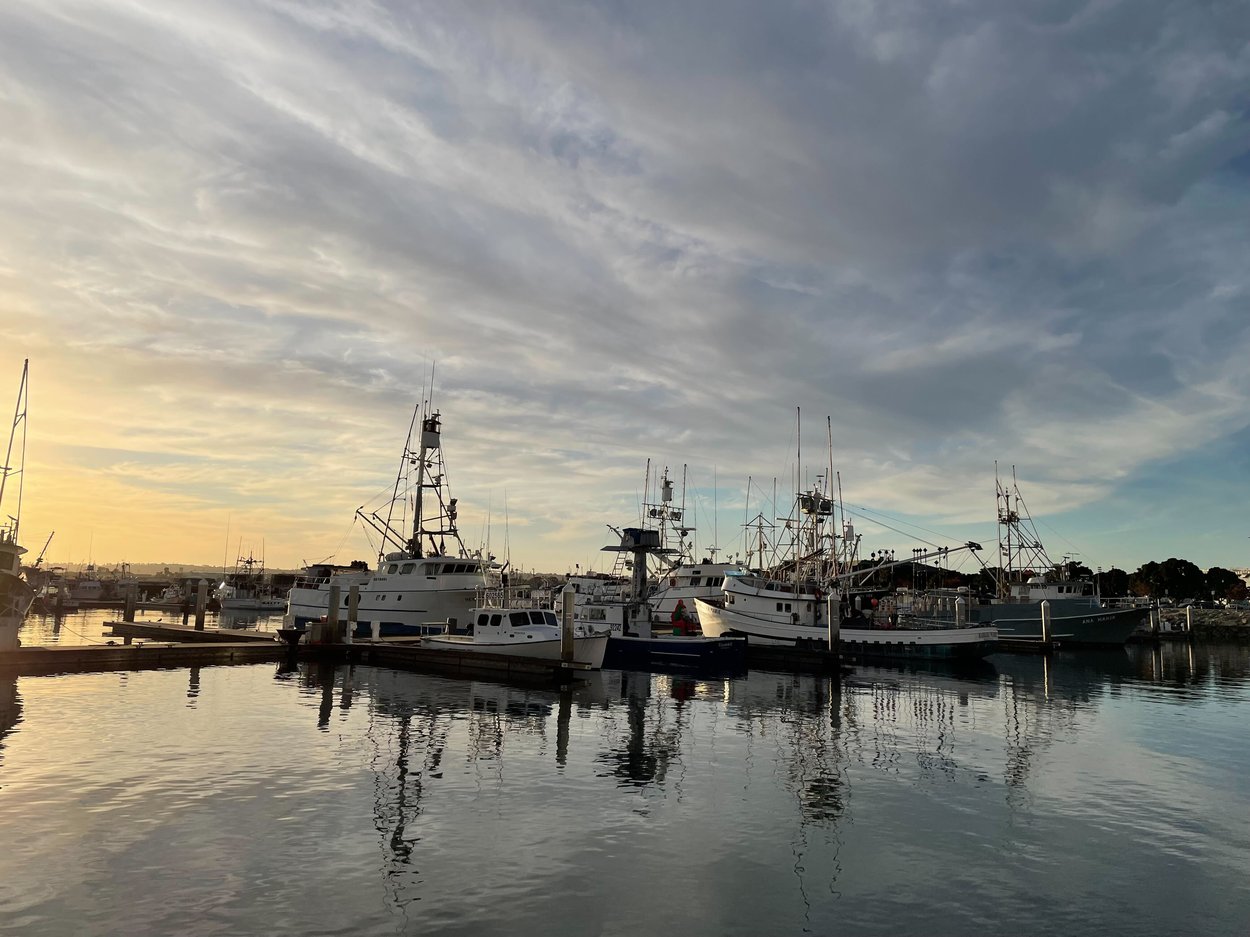
sickle cell
Sickle cell experts cautiously optimistic after historic FDA approvals
The timing of ASH couldn't have been better for sickle cell experts, with the meeting kicking off a day after the Food and Drug Administration's historic approval of two gene therapies for the devastating disease. Their reaction to the moment can be best summed up in two words: measured optimism.
Doctors and researchers celebrated the advent of cutting-edge therapies for a disease that has long gone ignored and underfunded. But they also called for perspective, noting that these new drugs are pricey, complex to administer, and won't immediately be accessible to everyone who needs them.
"From a clinician, from a scientist's perspective, I think that it's just groundbreaking. Medicine has changed forever," said Akshay Sharma, a physician who treats children with sickle cell at St. Jude Children's Research Hospital. "Is this really going to transform the care for patients with sickle cell disease in the next five years? I remain skeptical."
The price tags of these therapies have been a constant talking point during the meeting, as has the gap between them. Vertex Pharmaceuticals and CRISPR Therapeutics have priced their drug, Casgevy, at $2.2 million, while Bluebird Bio has set the price for Lyfgenia at $3.1 million. And while the therapies use different approaches, CRISPR/Cas9 gene editing for Casgevy and viral gene delivery for Lyfgenia, experts were baffled by how much more Bluebird's drug costs. They also wondered whether the novelty of these therapies was distracting everyone from an existing (and less expensive) approach that can cure patients: bone marrow transplants.
No one was surprised by the approvals given that clinical trials show both drugs help prevent the debilitating pain crises seen in patients with severe disease. The question is no longer whether these drugs work, experts say, but instead how to get them to patients.
Read more.
Multiple myeloma
Advocating for equity in multiple myeloma
For two years, Oya Gilbert was shuffled from "ologist" to "ologist," who deemed his episodes of extreme fatigue, body pain, and shortness of breath as hypochondria — or opioid abuse. They were wrong. It was multiple myeloma, the most common blood cancer among Black Americans. But since Gilbert lives in rural, predominantly white Waynesboro, Penn., physicians simply weren't clued into the signs of his increasingly debilitating disease: "I don't think my doctors understood the nuances of treating African Americans," he said.
Six years ago, Gilbert was finally diagnosed correctly, and began a journey to better understand his disease — and why there was such a lag in his diagnosis. He is now working with the International Myeloma Foundation to find ways to spread awareness about the disease in underserved communities, using technology to bridge the geographical and educational gaps he's faced. He's here at ASH to learn, and to advocate for his community.
"I still don't have access to the best therapies, but through my work with the IMF, I am learning that they do exist," Gilbert said. "I've never been offered access to a clinical trial, through my whole journey. And I've never been in remission."
One in five patients with multiple myeloma is Black, yet they account for only 4% of clinical trial participants in this space.
"There's a delay or an inherent bias in not referring these patients to transplant centers," said Saad Usmani, a myeloma specialist at Memorial Sloan Kettering, who spoke on a panel at ASH about racial disparities in cancer care. "But if they get transplants, minority patients did better than white populations."
Treatments like CAR-T and bispecifics are being highlighted here at ASH, but the reality is that they continue to be out of reach for most patients. Gilbert's aim with the IMF, and here at ASH, is to help move that needle.
"To me, education about this disease is just as important as the treatments themselves," he said. "It empowers us to make the right decisions for ourselves."
leukemia
Minimal residual disease guides duration of treatment in CLL
Using a combination of the targeted therapies ibrutinib and venetoclax is becoming standard of care in previously untreated chronic lymphocytic leukemia, but one question that has remained is how long patients should be on treatment. In some patients, longer treatment may increase the chances of a cure, but it can also raise the risk of the cancer evolving resistance to the drugs. Peter Hillmen from the Leeds Institute of Medical Research presented data at ASH today that suggest clinicians could tailor that duration of treatment to how quickly the patient responds to the drug combination by measuring minimal residual disease.
Hillmen ran a randomized study comparing patients on chemotherapies fludarabine and cyclophosphamide plus rituximab versus patients on ibrutinib plus venetoclax. In the ibrutinib and venetoclax arm, Hillmen measured how quickly patients became MRD negative to guide how long they would be on the drugs. If patients became MRD negative after one year, for example, they would receive venetoclax and ibrutinib for two years, and MRD negativity after two years would mean treatment for four years. He found this method showed 97.2% progression-free survival at three years compared to 76.8% PFS in the chemotherapy and rituximab arm.
"For CLL, duration of therapy can be very long and associated potentially with resistance," Hillmen said. This study, he added, is "about how we give time limited therapy or try to cure patients with the combination we have. Now we have therapies that really do probably stop people from dying or even cure them."






No comments